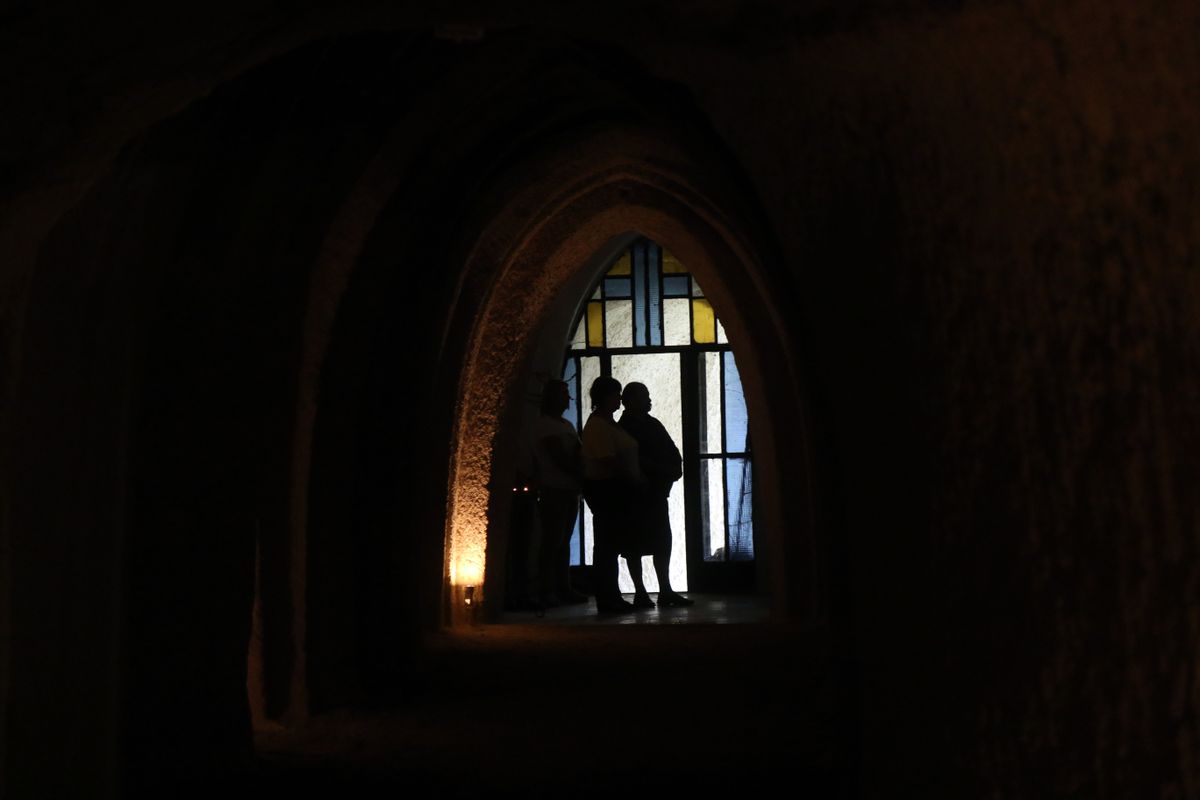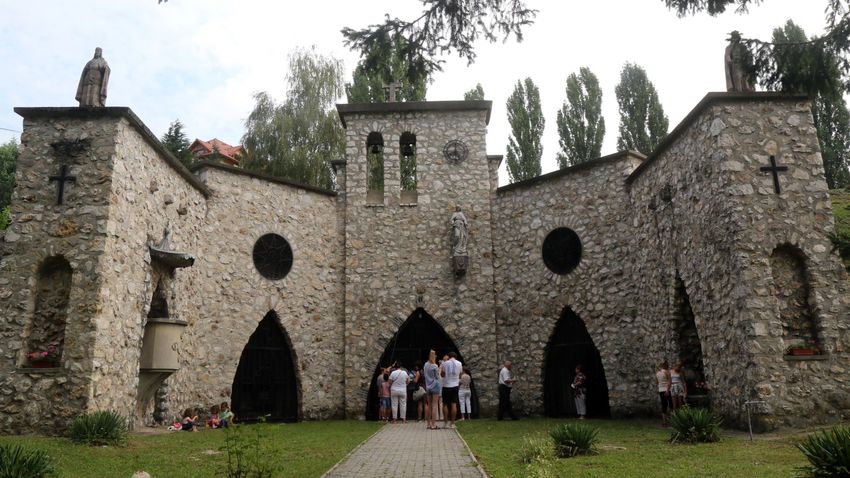In Hungary, there are only two sanctuaries created in rock According to an article in Tourista magazine. One is in Budapest, the rock church of Our Lady of the Hungarians on Gellert Hill, and the other is the rock church of the Heart of Jesus in Miskolkatapolka.
According to the magazine, the First is known to almost everyone, because it is usually within sight, while the First of Miskolkatapolka does its work modestly, which brings great joy to the faithful of the area, because its seats are always full on Sunday. Mass. The author also gave a lengthy description of the complex history of the sanctuary:
Source: János Vajda/Northern Hungary
“Székelykapu has been welcoming visitors here since 1995, and was established in honor of Pius Szabo, a Transylvanian deacon. The existence of this distinctive church is thanks to him. According to the story, a Benedictine monastery stood in Tapolka until the 16th century, but it had to deal with two things. Firstly, due to the harsh environmental factors, as it is located in an area rich in springs, and in the 14th century the water table rose significantly. At that time, the monastery building was still protected by an earthen filling, but not from the attack of 1532. The monks did not side with On the side of King Janus I, and this was their loss, because Imre Bebek and Ferenc attacked the monastery with their own men. Some of the monks were killed, others were captured, and the building was looted and then set on fire. Most of the remaining stones of the monastery were carried away by the inhabitants of the area, and only the foundation remained to some extent, which is not It can still be seen today next to the cave bath.”
According to the article, the monks did not return after that, and Tapolca did not have a place of worship until the twentieth century.
– That’s when Brigadier Pius Szabó, who visited here regularly and was also likely attracted to the thriving spa life of the turn of the century, came into the picture. During his visits, he enjoyed the hospitality of the Pataky family, with whom he often talked about how sad he was that there were so many contradictions among the Hungarians, and that there was still no place of worship in this area. Rudolf Pataky’s show provided a solution to the latter. Since he owned a place called Ferribs Farm, which the Deacon loved very much, he was inspired by the two small caves carved into the tufa, which were already here at that time and were used as sheep pens. He thought that if four-legged people already had akluk here, then two-legged people might have it too. Rudolph gifted him the area, and the idea for the church began to take shape. Laszlo Miner, a recent graduate architect from Miskolc, was commissioned to prepare the plans – which were summed up.

János Vajda/Northern Hungary
According to the report, the cavity was originally only six by 8 metres, and did not even reach two meters in height, so the floor was deepened and Miner redesigned the previously flat roof to have a pointed arch. The rock church was built in the neo-Gothic style. Construction began in 1935, and it was consecrated in 1936.












































